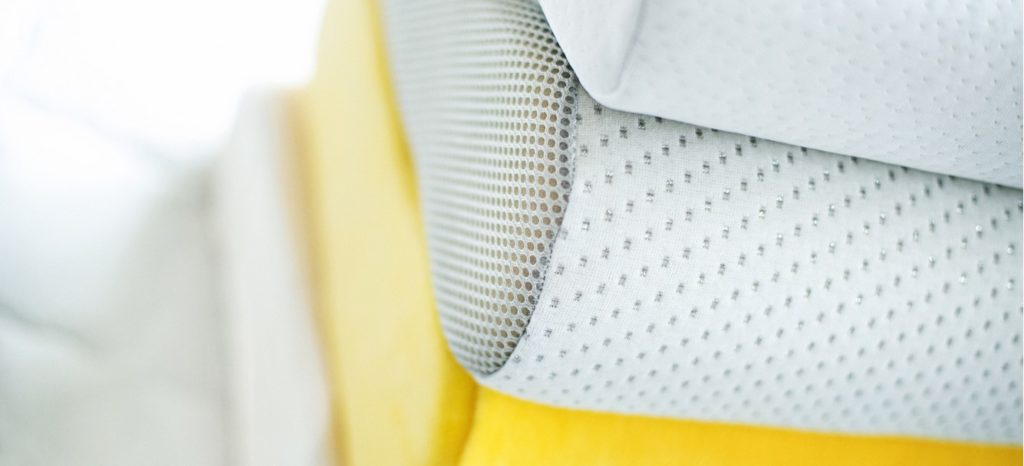How a Memory Foam Mattress Is Made
Have you ever wondered how memory foam gets its unique ability to mold to your shape? This type of mattress doesn’t just give you a great night’s sleep. It also performs marvels of engineering.
Memory foam was first invented in the late 1960s and ’70s, when NASA scientists attempted to make a material that would protect airline passengers and crew during crashes. They also wanted to reduce the G-force pressure on astronauts’ bodies during reentry and takeoff.
While the foam never made it into a space shuttle, NASA realized it had come up with a truly remarkable material. It began to sell the foam, partnering with a third party to distribute it to businesses that made sports and medical equipment. By the 1980s, Fagerdala World Foams realized this material would be an excellent fit for the mattress industry. The first Tempur-Pedic® mattress came out in 1991, and soon, memory foam enjoyed a huge surge in popularity.
How Memory Foam Is Made
There are six major steps in memory foam creation:
- Reacting agents combine with isocyanates and polyols.
- A machine whips the mixture into a froth, then pours it into a mold, where it bubbles into foam.
- Gas or blowing agents are added to the foam, whose density varies based on the amount of air and polymer mixture.
- The foam cools and then is heated again, after which it is left out to cure for a few hours or a few days.
- The foam is washed, dried and inspected to ensure it meets standards.
- Finally, it is cut into pieces for use in memory foam mattress construction.
How Memory Foam Beds Are Made
Memory foam mattresses are made up of regular polyurethane as the base layer. The memory foam sits on top of this, along with any other padding layers the mattress may need. Manufacturers often use adhesive to fasten one layer to the next, though the type of adhesive used varies depending on who makes the bed.
Federal safety guidelines require the addition of a flame-resistant fabric barrier on top of the mattress, to protect against possible fire. Some manufacturers also put fire-resistant additives into the foam, too, for another layer of fire safety. Then they add a cover for an appearance that completes the look.
Memory foam beds have become popular among those who want better support and pressure relief while they sleep. The unique material used to make these beds may not have served the original purpose NASA envisioned, but it’s doing a lot of people good decades later as a mattress material.
Contact W.N. Shaw For Custom Release Agents
Now that you know how a memory foam mattress is made, you may also enjoy learning how a football is made. These are just two of the industries that employ W.N. SHAW & CO. to create custom molding release agents. Our flexible non-automotive polyurethane assists in making memory foam, arm rests for office furniture, foam toys with high resiliency and much more. We use the latest technology to offer affordable options. Contact us today to learn more about how we can assist your company.

